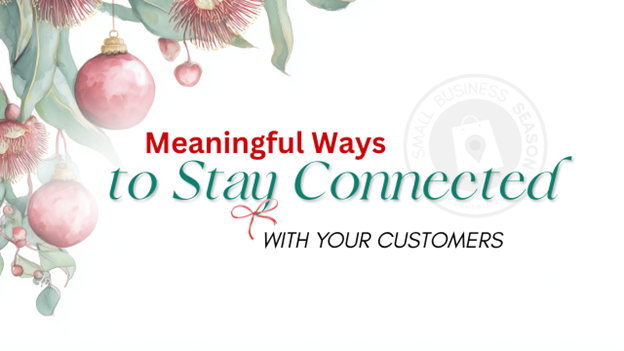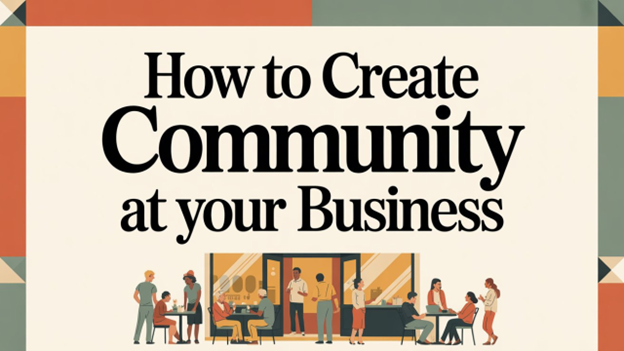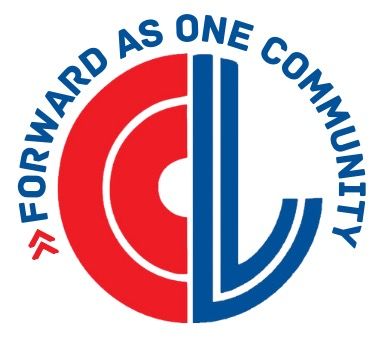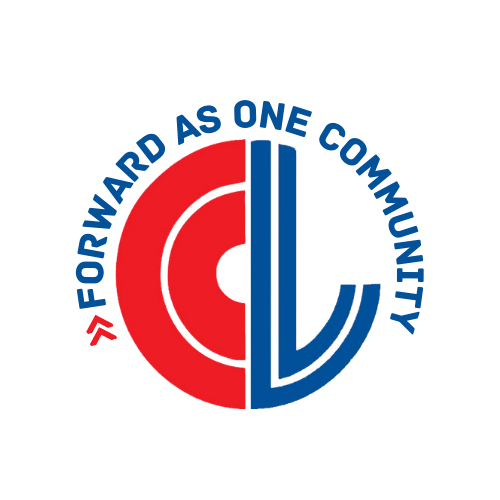Unleashing Your Brand's Personality in the Age of AI

- Defining a brand's personality is key in standing out in the digital landscape, using frameworks like Carl Jung's archetypes and Sally Hogshead's fascination triggers.
- Determining brand personality involves understanding its character, core values, and motivations.
- Carl Jung's archetypes help in creating relatable and engaging brand identities that resonate on a deeper psychological level.
- Sally Hogshead's fascination system uses seven triggers to engage consumers and influence their buying decisions, enhancing brand attractiveness.
- Implementing brand personality across a company requires creating a messaging playbook, conducting training sessions, and integrating AI content creation for consistency and authenticity.
723 words ~ 4 min. read
In today's crowded digital landscape, defining a brand's personality is crucial for standing out. Ginger Zumaeta is the founder of Motive3, a brand strategy agency dedicated to helping companies craft messaging that motivates and resonates. In a recent interview with Inc., she shared some of her best techniques for discovering and developing a brand personality, especially in the age of AI. Read on to learn how Zumaeta empowers her clients to leverage a brand identity in their marketing and how you can apply her strategies to forge your own.
Determining Your Brand Personality
Before we review Zumaeta's strategies, let's review some brand personality basics. To create a unique identity, you want to go beyond simply describing your brand with a few adjectives; instead, search for the essence of what makes your brand relatable and human. To uncover your brand personality, ask the following questions:
- If your brand were a person, who would it be? This helps you visualize your brand's character, making it easier to develop a relatable persona.
- What values would it stand for? Understanding the core principles that drive your brand will guide your messaging and content strategies.
- What is its motive? Identifying the motivations behind your brand's existence will allow you to create authentic connections with your audience.
Explore Brand Identity with Jung's Archetype Framework
Carl Jung's archetypes provide a powerful framework for businesses looking to define their brand personality. Jung identified a set of twelve archetypes that embody universal human motivations and traits, each representing a unique narrative that resonates with audiences on a deeper psychological level. These archetypes—such as the Hero, the Caregiver, the Rebel, and the Creator—serve as guiding personas that brands can adopt to forge meaningful connections with their customers. By aligning their messaging and content strategies with one or more of these archetypes, brands can effectively communicate their values and build a loyal following. Embracing this archetype approach not only clarifies your brand's identity but also enhances your storytelling capabilities, allowing you to stand out in a saturated marketplace.
Applying the Hero Archetype: A Case Study in Landscaping
Consider an eco-friendly landscaping company using the Hero archetype to shape its brand. This company champions environmental sustainability and top-notch service, transforming outdoor spaces into thriving ecosystems. By presenting itself as a problem solver, the Hero brand tackles challenges like poor soil and invasive plants, helping clients achieve their dream gardens. Through effective storytelling, the company shares success stories of revitalized landscapes, building trust and admiration while reinforcing its commitment to impactful community changes.
Leveraging the Fascination System
Sally Hogshead's fascination system provides a straightforward way for businesses to attract their ideal customers. Hogshead, the creator of the first personal brand measurement, the fascinate test, highlights seven fascination triggers—passion, innovation, trust, mystique, alertness, power, and prestige—that engage consumers' emotions and influence their buying decisions. By understanding and using these triggers, brands can craft messages that resonate with their target audience, making their products more attractive.
For example, a brand could use the "mystique" trigger to create a sense of exclusivity and intrigue, or it might use "trust" by highlighting customer testimonials and transparency. By applying the fascination system strategically, businesses can stand out in and build stronger customer relationships, leading to increased loyalty and sales.
Implementing Your Brand Personality Across the Company
To implement your brand personality effectively within your company, create a detailed messaging playbook and get your team on board. Integrating this framework into your AI content creation will also ensure consistency and authenticity in your digital touch points.
- Create a Messaging Playbook: Outline your brand's core attributes, key messages, and tone of voice. This guide helps everyone in the organization embody the brand's essence in their communications.
- Conduct Training Sessions: Train employees to reflect the brand personality in their roles, fostering a cohesive culture aligned with your identity.
- Integrate AI Content Creation: Program AI systems to generate content consistent with your brand personality. By following the messaging playbook, AI can produce authentic and engaging content for your audience.
The Takeaway
Building a strong brand identity is crucial for businesses to succeed in today's competitive market. By using frameworks like Jung's archetypes and Hogshead's fascination triggers, your business can create an authentic personality that connects with your audience. Applying these strategies throughout the organization ensures a consistent brand experience that builds loyalty and boosts engagement.
---
The Leavenworth-Lansing Area Chamber of Commerce is a private non-profit organization that aims to support the growth and development of local businesses and our regional economy. We strive to create content that not only educates but also fosters a sense of connection and collaboration among our readers. Join us as we explore topics such as economic development, networking opportunities, upcoming events, and success stories from our vibrant community. Our resources provide insights, advice, and news that are relevant to business owners, entrepreneurs, and community members alike. The Chamber has been granted license to publish this content provided by Chamber Today, a service of ChamberThink Strategies LLC.




